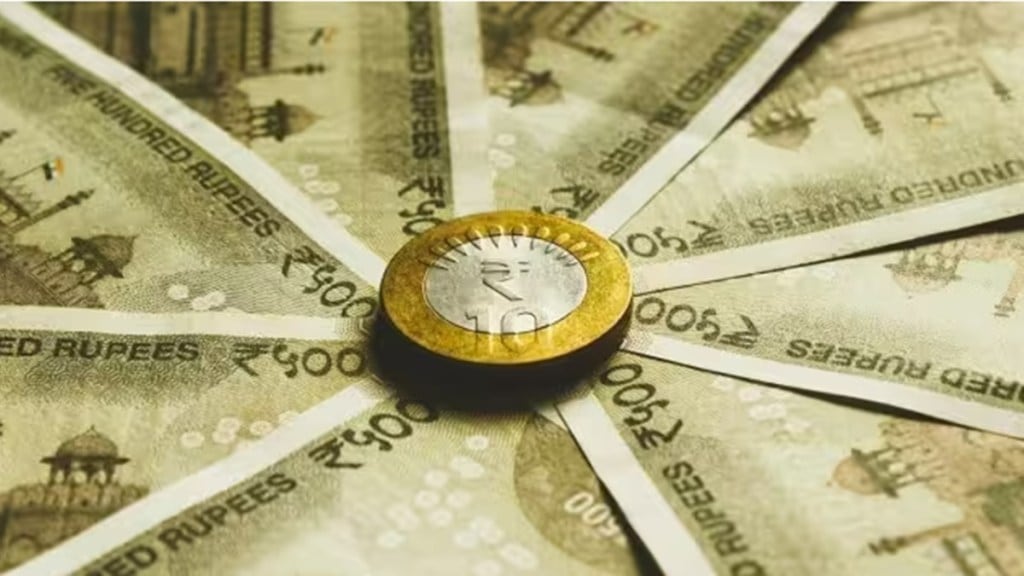A rising credit-to-deposit (CD) ratio may pose problems for some banks as they would have to borrow funds at higher rates to meet the demand for loans.
This, when the Reserve Bank of India (RBI) announcement to mandate a 10% incremental cash reserve ratio(I-CRR) is expected to weigh on banking system liquidity in the near-term, say experts.
In a recent report, credit rating agency CareEdge showed that the CD ratio of banks has risen to 75.9% as on March 31 from 67.8% a year ago as deposit growth has consistently lagged loan growth. So far, advances have been supported by loans to non-bank lenders, growth in personal loans, and demand from the agriculture sector.
While all banking groups witnessed a rise in their CD ratio in the March quarter, private banks and small finance banks were among the highest.
The CD ratio of state-owned banks rose 420 basis points year-on-year(y-o-y) to 69.8% as on March 31, the report showed.
Currently, experts peg the CD ratio at around 80% accounting for the merger of Housing Development Finance Corporation with HDFC Bank.
“While CD ratio is currently not at alarming levels, it is higher than before and is expected to rise going ahead,” says CareEdge Senior Director Sanjay Kumar Agarwal said.
Agarwal added that in such a scenario, some private sector banks that normally operate at a 90% CD ratio will have to tap the financial market, where the cost of funds is higher. Here, the gap between deposit rates and lending rates will narrow and lead to a compression in the net interest margin.
CD ratio indicates how much of the money that banks have raised in the form of deposits have been deployed as loans. An ideal CD ratio would be between 65-75%, say experts.
A higher ratio indicates that banks do not have adequate resources to grow their loan book and they would have to hence, raise additional capital from the financial market to do so.
“Theoretically, the CD ratio can be higher for some banks if they have a sizeable equity capital that can be deployed to lend,” says Karthik Srinivasan, senior vice president, and group head – financial sector ratings, ICRA.
Srinivasan feels that the ratio can also go up if the bank has raised additional funds through tier-1 and tier-2 bonds.
In the monetary policy statement on Thursday, RBI mandated an I-CRR of 10% on the increase in net demand and time liabilities between May 19, 2023 and July 28, 2023 as a temporary measure to absorb excess liquidity from the banking system. The CRR requirement remains unchanged at 4.5%.
RBI said that the I-CRR will be reviewed on September 8 or earlier with a view to returning the impounded funds to the banking system ahead of the festival season. The central bank assured that despite the “temporary impounding”, there will be adequate liquidity in the system to meet the credit needs of the economy.
While RBI has assured the I-CRR is a temporary measure, experts are not ruling out the possibility of a continued liquidity tightening if inflation pressures remain.
The shares of banks fell sharply following the announcement on fears that banks will not be able to earn interest on the funds kept in ICRR. Also, short-term money market instruments like treasury bills, and commercial papers will become more expensive for banks as rates on these instruments inch up.
“Further, to the extent of ICRR, banks will have that much lesser to lend and hence a marginal impact on credit growth and hence margins as well,” Karan Gupta, director & head of financial institutions, India Ratings & Research said.

